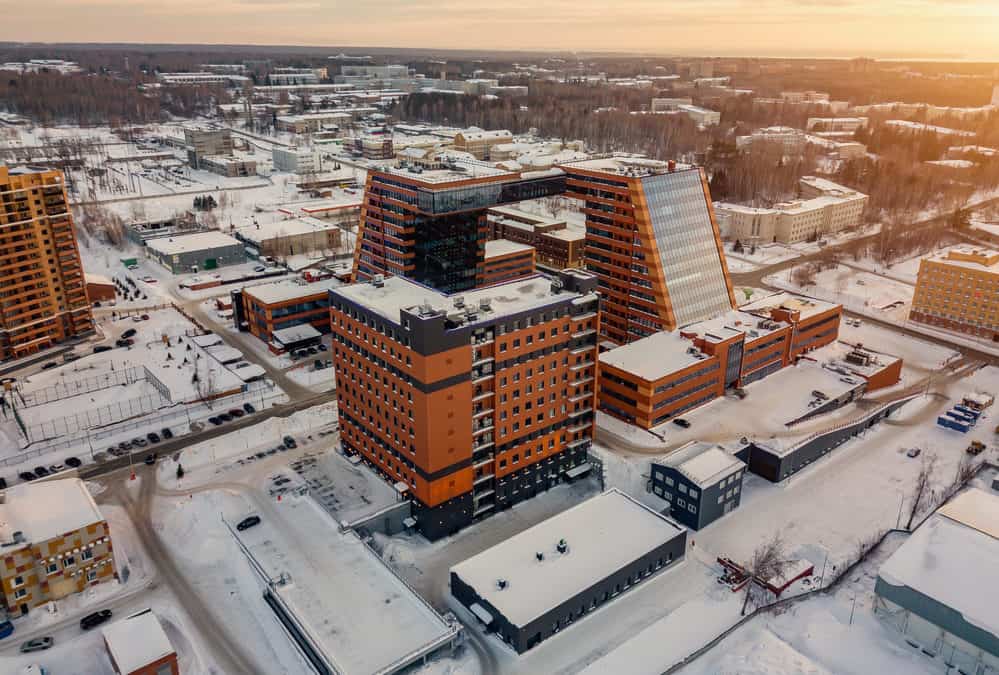As the years go by, new developments are constantly arising to help contribute to our society and make our lives more efficient. This goes the same with the construction industry, where functionality, efficiency, and sustainability is their main inspiration when developing new technologies. The world of architecture is continuously growing from traditional construction methods to innovative strategies that have been developed recently.
As research and re-development in materials have advanced, new innovative construction methods continue to emerge. Some of these ways find their place in small niches, while others have much broader relevance. The industry stated that future buildings would become more environmentally friendly, robust, and cost-efficient in the coming years. These latest functional trends and discoveries, such as upgraded building materials, construction scheduling software, oversized fire-rated access doors, and others, truly have a more significant impact in the long run in the industry. Building projects consume 50% of our natural resources, often leading to added costs and a harmful effect on the environment. Professionals are developing a generation of new and improvised building materials to address some of these issues. Materials are being engineered to be more intelligent, more substantial, self-sustaining, sleeker, and easier on the environment.
1. Polluting Absorbing Bricks
With the current threats of climate change, future architects will constantly be forced to consider the carbon footprint of their projects. Creating pollution-absorbing bricks is better to reduce a structure’s contribution to climate. Carmen Trudell, an assistant professor from Cal Poly College, developed the Breathe Brick. This material actively pulls pollutants in from the air and releases filtered air. They are designed to be part of a building’s ventilation system. A cyclone filtration system in the middle of the brick separates the heavy air particles from the air and absorbs them in a removable hopper. It functions as a vacuum and can be incorporated into a wall with a window or as part of a cooling system, which professionals can easily integrate into current construction.
2. Self-Healing Concrete
Concrete is commonly used across the building industry, and its ubiquity is perhaps only matched by the frequency with which it cracks. That is to say, a lot. Concrete with the capabilities of patching over its fractures would undoubtedly be a massive hit to the building industry, eliminating repairs, cracks, leaks, and the need for damp-proofing. The idea of self-healing concrete was coined in ancient Rome, where Romans utilized it underwater, but new approaches are more sophisticated. Its self-healing abilities are possible because of Bacillus bacteria mixed with concrete before application. When a crack is formed, limestone is created, filling the gaps. The bacteria present in the concrete can lay dormant for up to 200 years, making it possible to be a long-term solution.
3. Bioplastic
Plastic is also one of the most over-used polluting elements globally, thanks to its slow biodegrading process. Bioplastics, usually made from algae, cellulose, marine chitins, and many other renewable resources, degrade quickly after being discarded. It is an excellent environmentally-friendly alternative to plastic manufactured with fossil fuels. Its sophisticated properties make bioplastic susceptible for utilization in cladding, structural elements, and other architecture-strengthening structures.
4. 3D Printed Graphene
Graphene, considered one of the most robust artificial materials globally, con. Its physical properties make this material suitable for almost any application. Although, since it physically manifests itself as sheets or flakes, it may be challenging to use (though not impossible) in construction. Using 3D-printed graphene in the building was strengthened by research published by three MIT engineers, which stated a three-dimensional structure that can potentially be ten times more robust than steel, and 5% its weight too, if developed with 3D-printed graphene.
5. Hardwood cross-laminated timber
This innovative material is made from solid lumber that is cross-laminated timber. It has proven to be an essential alternative for buildings requiring durability and sustainability. Hardwood cross-laminated wood is practically as strong as reinforced concrete and structural steel because of its alternating, layered design. Professionals also stated that it could be used in the same way as the latter in similarly-designed structures.
It is truly fascinating how inspiration, imagination, and thorough research can develop innovative products that can help humankind. In a few years, professionals in the construction industry will have to rely on sustainable products to minimize the damages caused by building different structures. If you’re thinking of switching to innovative and sustainable materials on your next project, collaborate well with your engineers, architects, and contractors for better input on your desired commercial building idea.

Recent Comments